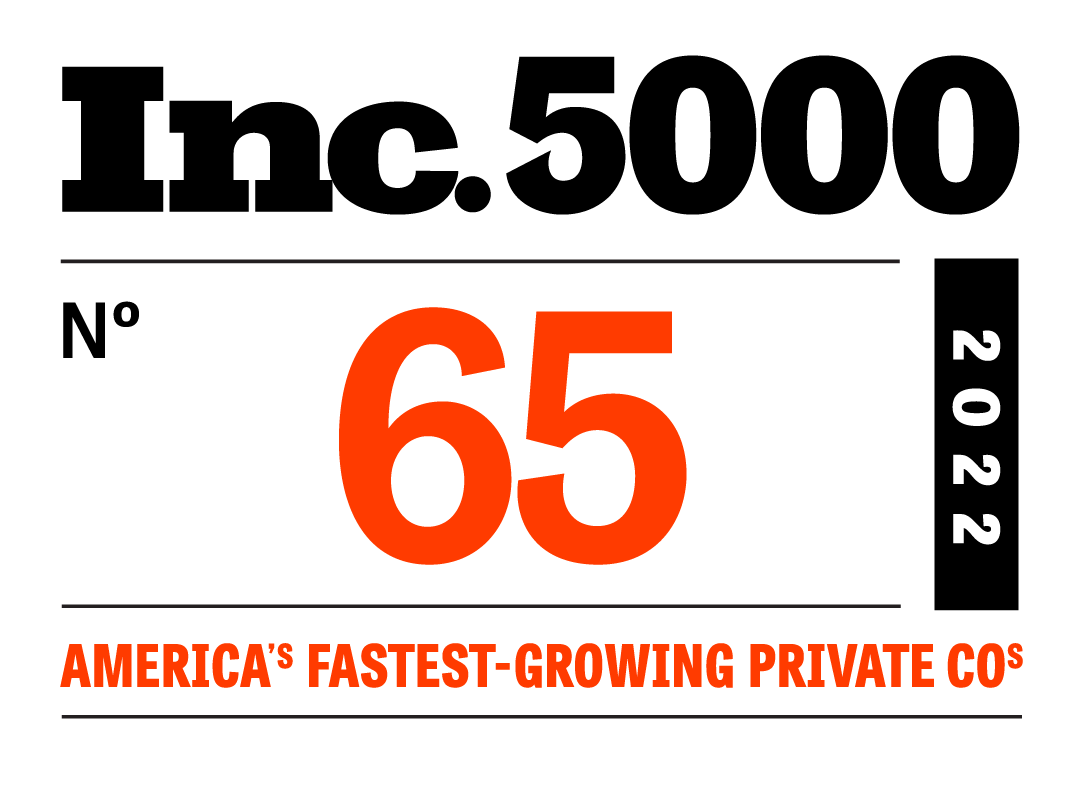-Express-1200x640.jpg?width=1200&name=SBA-7(a)-Express-1200x640.jpg)
While the Paycheck Protection Program’s deadline for new loan originations may have been extended to August 8, the federal program will eventually have to come to an end. And, when this all-consuming effort does eventually wrap, banks and credit unions will need to figure out how they will survive in a new normal.
That’s tricky when so much is uncertain, with COVID-19 once again surging through our communities, forcing dozens of states to begin shutting down or significantly pull back on phased reopenings.
Whatever the new normal looks like, there are at least three challenges we can already see forming that lenders will be faced with:
- Assessing credit will be more difficult than ever. Given the measures taken to shore up the economy and the unprecedented length of this crisis, traditional markers of risk have been blown out the window and some have been left wondering if our current methods for measuring credit will remain sufficient. This will make it difficult to get back to business as usual.
- Lenders are running out of time to catch up on tech debt. As Bank Director outlined in their recent feature on the industry’s technological reckoning, COVID-19 has exposed and exacerbated the gap between digitally-mature institutions and traditional ones. Banks and credit unions that invested in technology to meet their customers’ PPP needs won’t just be better positioned to succeed moving into the new normal than those that shied away; they’ll be positioned to pull away from their more traditional competitors.
- Borrowers’ needs for government-backed loans will persist. While the Paycheck Protection Program may be going away, the federal government isn’t getting out of lending to small businesses anytime soon. While maybe not fully-guaranteed like in PPP, SBA loans will be needed to help businesses and the economy rebound once the pandemic has abated, creating significant deband for these government-backed loans. Banks that are able to serve at least some SBA-loan needs should have an easier time transitioning back into regular business.
Overcoming any three of these challenges will be difficult, but there’s a logical path forward that banks and credit unions need to consider, and it’s embedded in that last challenge.
Lenders that decided to lean in on PPP will come to learn that they’ve already accomplished some of the most difficult parts of becoming an SBA lender--earning their E-Tran credentials and establishing an SBA lending process--with little left keeping them from transitioning from PPP into other SBA loan programs.
Now that the Program is wrapping, financial institutions that have E-Tran credentials and established processes--and those that adopted technology to help with PPP, especially--are in the perfect position to pivot to SBA 7(a) Express loans. And, banks and credit unions that used the Numerated Platform to originate PPP loans can enable SBA 7(a) Express loans on the platform, immediately, without further implementation.
PPP lenders who pivot to SBA 7(a) Express will find they are able to get acquainted with SBA lending without making a major investment, while benefiting from the steady demand created by a rebounding economy and loans that are at least partially backed by the federal government.
The main difference between an SBA 7(a) Express loan and other SBA 7(a) loans is that the7(a) Express is designed to help lenders issue smaller government-backed loans, that carry less risk, to qualifying businesses within 36 hours of submitting their application. It's also worth noting that 7(a) Express loans also carry less administrative costs to lenders than other 7(a) loans—for example, fewer forms are required of the borrower.
The SBA 7(a) Express loan program is just one component of the larger SBA lending program, but it’s one that consistently gets funding from the federal government and it’s actually the SBA loan that PPP loans were modeled after. This makes it an easy transition point for lenders that are interested in establishing more SBA lending options to their business customers.
To learn more about SBA 7(a) Express loans and how you can use the Numerated Platform for them, watch our 30-min on-demand Platform Demo focused on SBA 7(a) Express lending, now.







